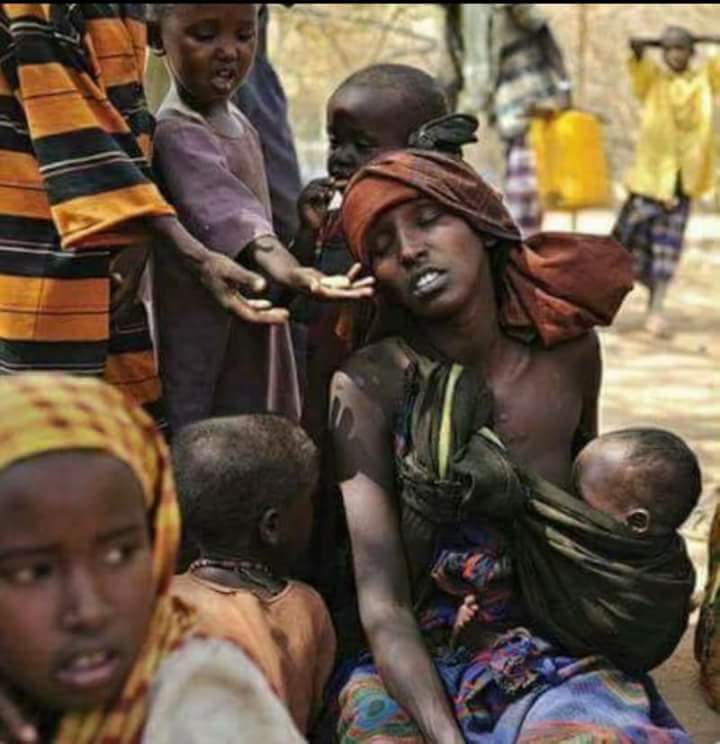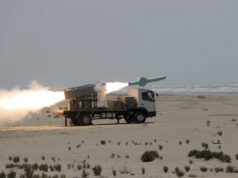
It began with the sound of a car pulling over, which was strange because cars are not allowed into the camp beyond certain hours. When she got out to check on what was happening, a white car speeding off. On the ground was a package. Within seconds, wildcats ran towards the package and started clawing away at it. And then the sharp and wounded cry of a baby rent the air. It dawned on Ms Abdullahi that the car she saw speeding off had abandoned the baby, whom she swiftly rescued from the cats. At a nearby health facility, where Ms Abdullahi rushed the newborn for a check-up, she learnt that were it not for her swift action, the baby would have died; the placenta was still dangling freely from the baby’s belly.
After rescuing the child, Ms Abdullahi, gave birth two months later to a baby girl. “I breastfed the two children; most people think they’re twins,” she says with a smile. Today, the baby Ms Abdullahi saved from the claws of hungry desert cats is a strong, charming and bubbly seven-year-old boy. Ms Abdullahi took the baby into her care under a foster care arrangement facilitated by Save the Children, a leading child welfare organisation. This is a process in which a child is placed with an individual who is not their parent, relative or guardian, but nevertheless is willing to take care and provide for them.
Foster care is not common in Kenya, but at the Dadaab camps, it has been going on since 2008. Ms Abdullahi is among a group of women refugees who have volunteered to take in children abandoned in the camps and those fleeing the violence that has rocked Somalia since the ouster of former president Siad Barre in 1991. Never mind that they, too, are in difficult situations. According to Mr Nuuh Tukow, Save the Children’s programme manager for the child protection project, there are 234 trained women on a waiting list, with 184 others already fostering.
“They’re trained on positive parenting, non-violent correction mechanisms, and basic counselling, among other skills,” she says. And that’s not all; they even have a support group that converges every month to discuss the children’s progress, challenges they are facing, and also get to share coping mechanisms. Citing security concerns, the Kenyan government in 2016 stopped registration of new refugees in the camp, and since then, it has only provided short-term windows for registration. That, however, has not stopped Somali asylum seekers from streaming in. The UN High Commissioner for Refugees (UNHCR) estimates that there are more than 15,000 unregistered asylum seekers in Dadaab, most of them children. Without registration, UNHCR says, such children cannot get access to systems and support.
On June 16, the world celebrated the Day of The African Child to mark the 1976 student uprising in Soweto, South Africa, with calls for more serious action and commitment to address the many challenges facing children in the continent. But perhaps the ongoing review of the Children Act in Kenya, experts say, should provide a chance to ensure children’s rights are upheld in times of humanitarian crisis…..





